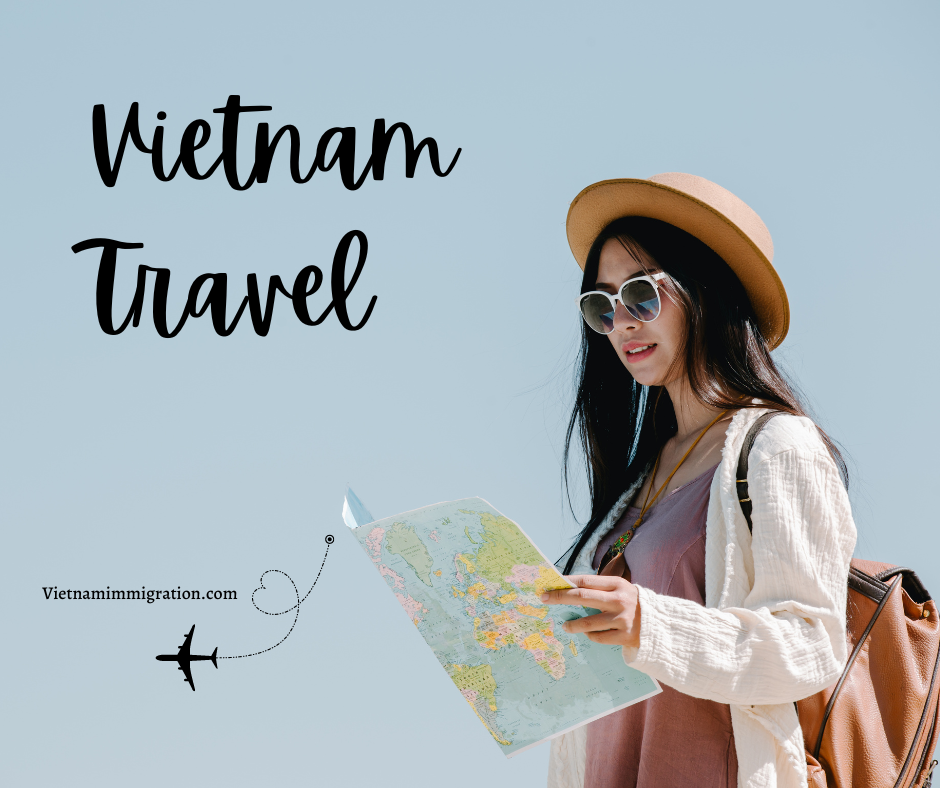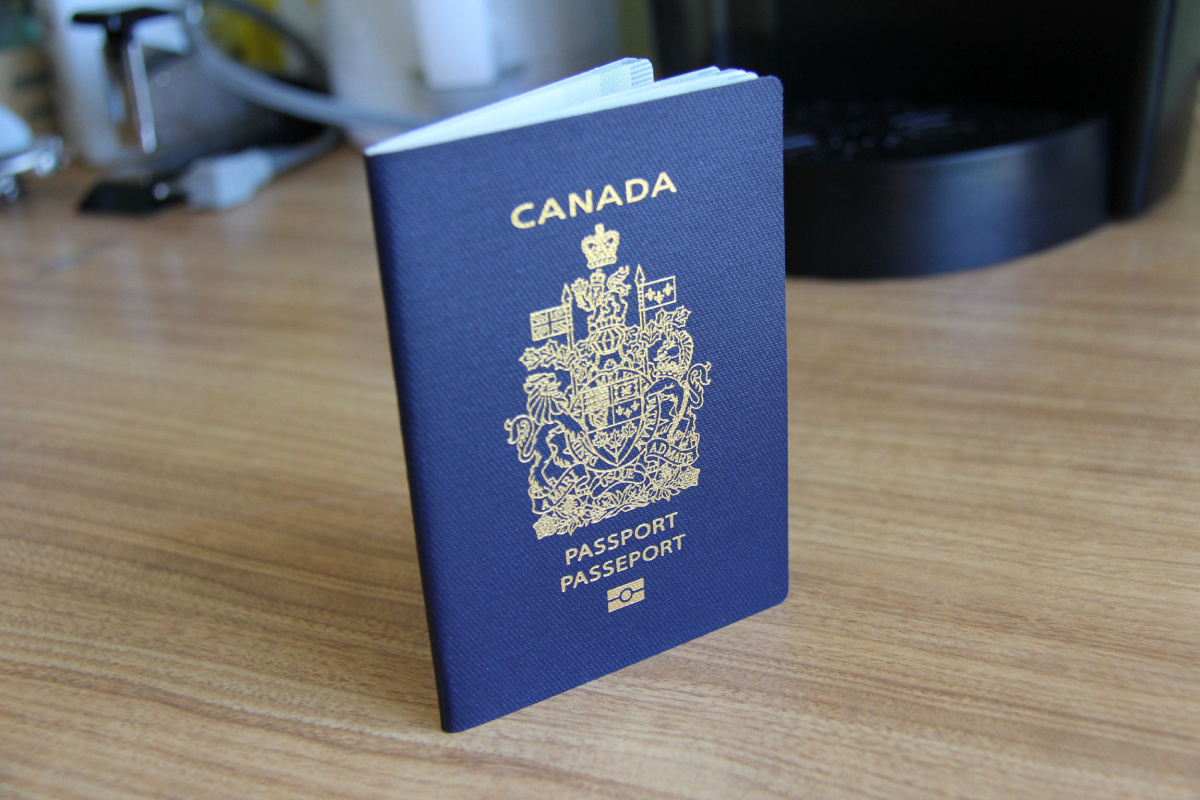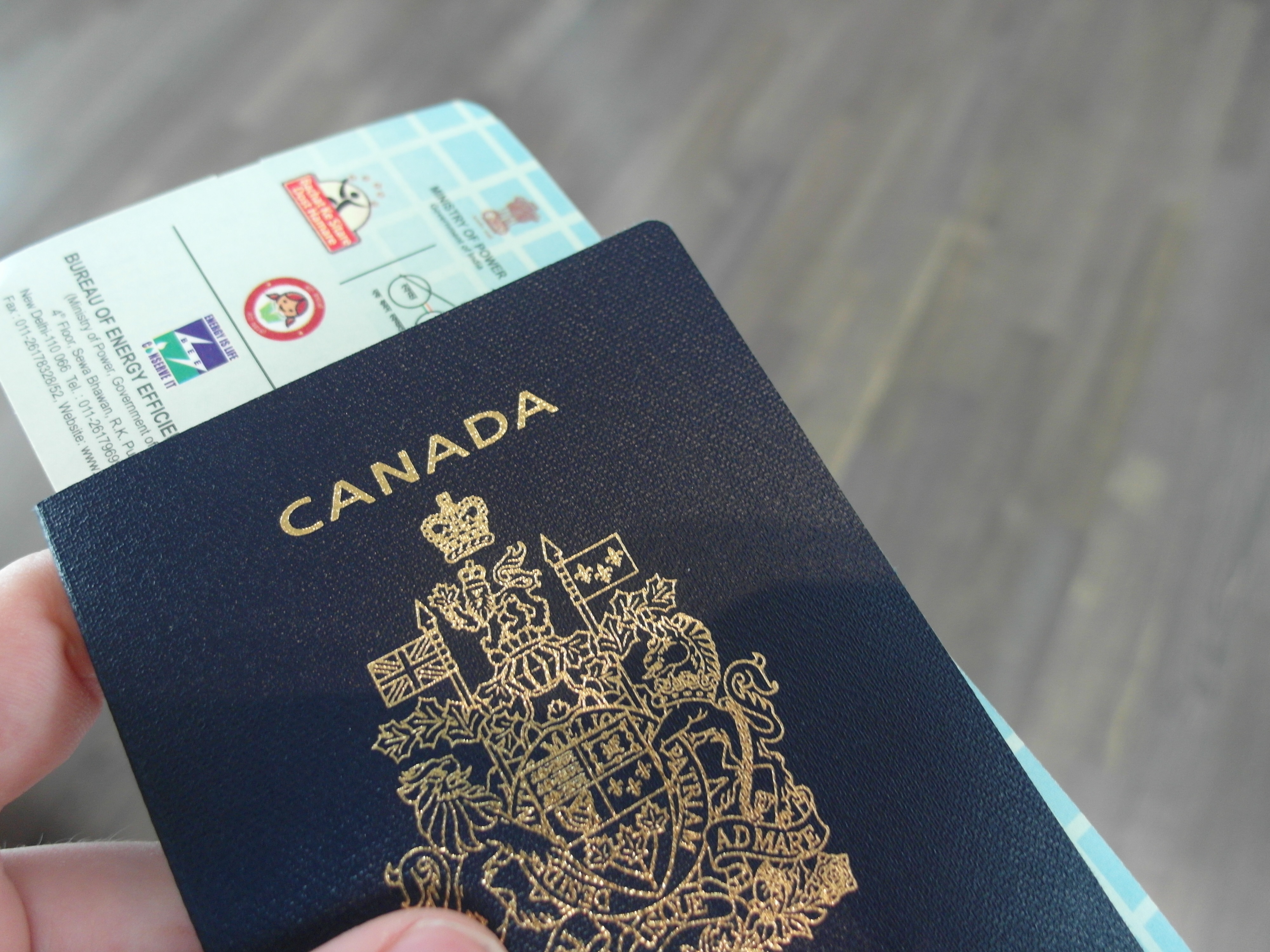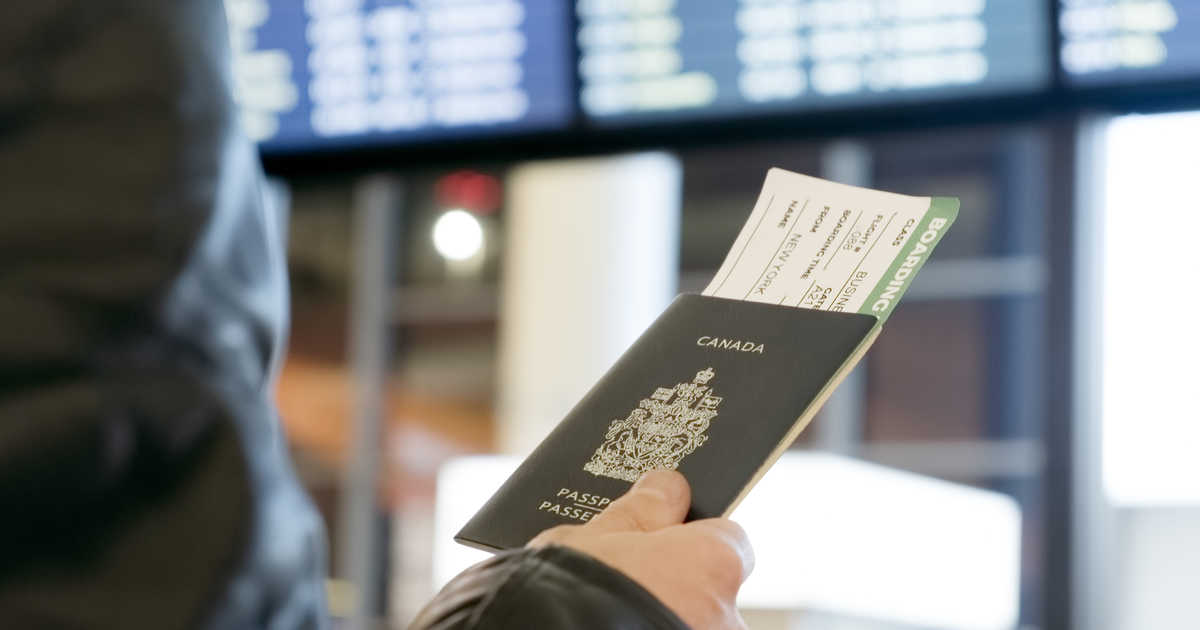If you’re planning a trip to Vietnam from Canada in 2026, securing a tourist visa is likely at the top of your to-do list. The great news is, applying for …

Vietnam is no longer Southeast Asia’s best-kept secret—it’s a destination on every Canadian traveller’s radar. From the floating markets of the Mekong Delta to the lantern-lit charm of Hoi An, the country offers a captivating mix of culture, adventure, and cuisine. But before you hop on that flight from Toronto, Vancouver, or Montreal, there’s one essential task to check off your list: securing a Vietnam travel visa. In 2026, the process is easier and more digital than ever, but there are still important details to understand. This guide breaks everything down so you can travel smart, skip the stress, and focus on the experience that awaits you in Vietnam.
The short answer is yes. Even though Canadians enjoy visa-free access to many countries, Vietnam isn’t one of them—at least not yet. If you hold a Canadian passport, a travel visa is a must for entry, no matter the length or purpose of your stay.
This visa category is designed for tourists visiting Vietnam for leisure—whether you’re spending two weeks in beachside resorts or exploring local street food in bustling cities. It’s important not to confuse a travel visa with other types like business, work, or student visas. Getting the wrong visa could cause delays, cancellations, or even denied entry at the airport.
Fortunately, applying for the right visa has become much more user-friendly. Vietnam has embraced online platforms, streamlined requirements, and expanded the number of accepted ports of entry—making things easier than ever for Canadians to get their travel plans sorted quickly.

There are three main ways Canadians can get a Vietnam travel visa in 2026: the e-Visa, Visa on Arrival (VOA), or applying in person at a Vietnamese embassy or consulate. Each method has its pros and cons, depending on your travel needs and timeline.
The e-Visa is the go-to option for most Canadian tourists. It’s entirely online, with a maximum validity of 90 days and available for both single and multiple entries. Once approved, you receive a PDF visa document via email, which you simply print and bring with you to Vietnam. It’s accepted at the majority of airports, seaports, and land borders.
Visa on Arrival is a more flexible option for those flying into Vietnam. With this method, you first apply for a pre-approval letter online. Once you land at a Vietnamese airport, you’ll head to the VOA desk, submit your documents, pay the stamping fee, and receive your visa right there. It’s a practical backup for travellers booking last-minute trips.
Applying at the embassy is the most traditional method and still preferred by some travellers who want a visa physically stamped into their passport before they depart. It typically requires more paperwork and time but offers peace of mind for those who want everything sorted well in advance.
No matter which method you choose, the first step is making sure your passport is valid for at least six months beyond your intended date of entry into Vietnam. Immigration won’t allow entry if your passport is near expiration.
For both e-Visa and Visa on Arrival, you’ll need a digital photo of yourself and a scan of your passport’s bio page. Make sure the images are clear and meet the specifications set by Vietnam’s immigration website. If you’re going through an agent, they’ll usually double-check these details for you.
You may also be asked to provide your intended travel dates, the address of where you’ll be staying in Vietnam, and sometimes proof of your return flight. Even if these aren’t strictly required, having them ready is helpful in case immigration officers ask questions upon arrival.
Importantly, make sure you have a clean record with no major criminal convictions or prior immigration issues in Vietnam. If you do, it’s best to consult a visa expert to avoid complications.

To start your e-Visa application, head over to the official and trusted platform 👉 https://www.vietnamimmigration.com/apply-vietnam-visa/. Fill in your details, upload your passport scan and ID photo, and pay the processing fee online.
Once your application is submitted, you’ll receive an email confirmation. Standard processing typically takes 3–5 working days, but if you’re in a rush, expedited options are available that can deliver results in as little as 2–8 hours.
When approved, your visa will be emailed as a downloadable PDF. Print it and bring it with your passport when entering Vietnam. Immigration officials will verify the document before granting you official entry.
This method is perfect for Canadians who want a fast, paperless process with no embassy visits or airport delays.
Visa on Arrival starts with an online application to receive a pre-approval letter, which is required before flying to Vietnam. You can apply via 👉 https://www.vietnamimmigration.com/apply-vietnam-visa/ by entering your passport details and travel information.
Once the approval letter is ready—typically within 2–3 business days—you’ll receive it by email. Print a copy, along with your passport photos and entry form, and bring them with you on your flight to Vietnam.
Upon landing, head straight to the Visa on Arrival counter before passing through immigration. Submit your paperwork, pay the required stamping fee, and wait while your visa is affixed to your passport. It’s usually a quick and straightforward process.
Keep in mind that VOA is only available for those entering Vietnam via one of its international airports, and not through land borders or sea ports.

Before departure, double-check that all your documents are accurate—your name, passport number, and visa details should match exactly. Even a small error could cause delays or denial of entry.
Always carry printed copies of your visa, return ticket, and hotel bookings. Immigration officers may ask to see these upon arrival, especially if you’re entering via a less-traveled border crossing.
Consider using a Fast Track service at major airports in Vietnam to skip the queues. This can be especially useful during peak tourist seasons or if you’re arriving late at night.
Most importantly, avoid shady websites or fake visa agents. Stick to verified platforms like 👉 https://www.vietnamimmigration.com/apply-vietnam-visa/ for a secure and professional application experience.
We understand the needs of Canadian travellers and take the guesswork out of the visa process. Our platform ensures your application is 100% approved—or your money back, guaranteed.
We offer lightning-fast processing (as little as 2 hours), and every document is reviewed by our expert team before submission to minimize errors and save you time.
Our bilingual customer support is available 24/7, ready to answer your questions, guide you through tricky form fields, and resolve any last-minute issues. We make sure you get your visa in time and with zero stress.
Ready to go? Apply today 👉 https://www.vietnamimmigration.com/apply-vietnam-visa/
Your Vietnamese adventure starts with the right visa—and now you know exactly how to get it. Whether you’re sipping coffee in Hanoi, trekking through Sapa, or cruising the Mekong Delta, you’ll travel with peace of mind knowing your paperwork is in order. With this guide and the right support, getting your Vietnam travel visa as a Canadian in 2026 is easier than ever.

If you’re planning a trip to Vietnam from Canada in 2026, securing a tourist visa is likely at the top of your to-do list. The great news is, applying for …

Planning a trip from Canada to Vietnam in ? You’re definitely not the only one — Vietnam’s beautiful coastlines, lush mountains, and vibrant street food culture have become a top …

Planning a trip from Canada to Vietnam in ? Whether you’re dreaming of cruising through Ha Long Bay, strolling the lantern-lit streets of Hoi An, or exploring the cultural charm …

